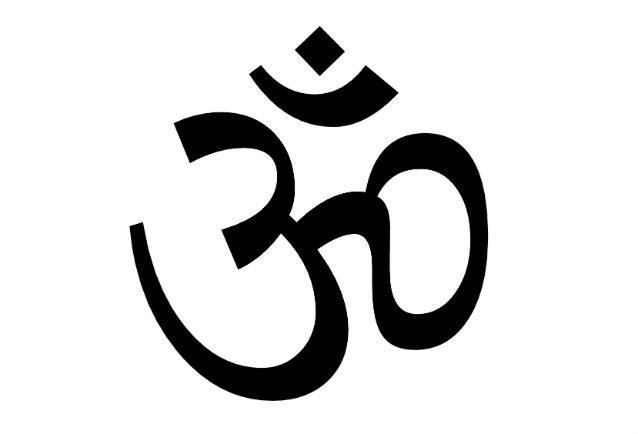Yoga | Introduction to the practice of Yoga.
1. Yoga is to prevent, by control, that the substance that constitutes the Mind (chitta) take various forms (vrittis).
Book I - SAMADHI PADA. Yoga Sutras by Maharishi Patanjali
. . .
. . .

Om, sound of the universe
What is Yoga?

Fuente
- Having. the strong and very healthy body;
- The senses totally dominated;
- The well-disciplined, transparent and calm mind;
- The intellect sharpened like a razor;
- A will as strong and flexible as steel;
- Heart full of compassion and unconditional love;
- The ego as pure as crystal;
- A life full of Peace and Supreme Joy.
. . .
The 8 steps of yoga.
- Ahimsa: no violence.
- Satya: truthfulness. Be honest and honest. Not lie.
- Asteya: do not steal.
- Brahmacarya: moderation in everything (control of all the senses). Also in the sexual, but it is not celibacy. It's not wasting sexual energy,
- Aparigraha: No greed.
- Sauca: It is cleaning, both external and internal. From a balanced diet to good thoughts.
- Santosa: It's contentment. It is to maintain or develop this independently of our actions.
- Tapas: It is self-discipline or austerity. Impurities are removed from the body and mind. The practice of Asanas and Pranayamas are a form of tapas.
- Svadhyaya: It's self-knowledge. It is reflection and self-observation that leads to spiritual development.
- Isvarapranidhara: It is surrender and renunciation. It is detachment.

Shanti, inner peace
During the practice of Asanas you must be aware of the body, be calm and feel comfortable. The breathing must be firm and constant. The good result is obtained when there is no effort in performing the Asanas.
And "Ayama" which is extension, expansion or stretching. Therefore Pranayama is the expansion of prana or vital energy.
Pranayama techniques, it is breathing work. Breathing consists of four parts: Puraka (inhalation), Rechaka (exhalation), AntaranaKumbhaka: (Retention of inhalation) and BahyaKumbhaka (Retention of exhalation)
We know that the mind is dynamic, therefore here the effort is great, it requires a lot of practice to achieve aquietar the mind. It helps us with the tension and the agitation of the mind, and to improve the memory.
When meditating, thoughts are organized, abilities of discernment are obtained, of maintaining a thought and at the same time it allows knowledge about what is being meditated.

Photograph of one of my practices in Padmasana or Lotus Flower Posture
Namasté
. . .
Sources:
Sri Swami Satchidanada. _ Manual for the professional preparation of Yoga Teachers_. 2002. Satchidananda Ashram-Yogaville version.
Maharishi Patanjali. Yoga Sutras by Patanjjallii Version, translation and interpretation of: Yogacharya Dr. Fernando Estévez Griego (Dharmachari Swami Maitreyananda)
Congratulations @leopetitpp! You have completed some achievement on Steemit and have been rewarded with new badge(s) :
Click on any badge to view your own Board of Honor on SteemitBoard.
For more information about SteemitBoard, click here
If you no longer want to receive notifications, reply to this comment with the word
STOPHola @leopetitpp, upv0t3
Este es un servicio gratuito para nuevos usuarios de steemit, para apoyarlos y motivarlos a seguir generando contenido de valor para la comunidad.
<3 Este es un corazón, o un helado, tu eliges .
: )
N0. R4ND0M:
3394 9176 6751 1924
5555 5946 3533 8908
9091 6921 1868 6352
1941 6047 1923 6062